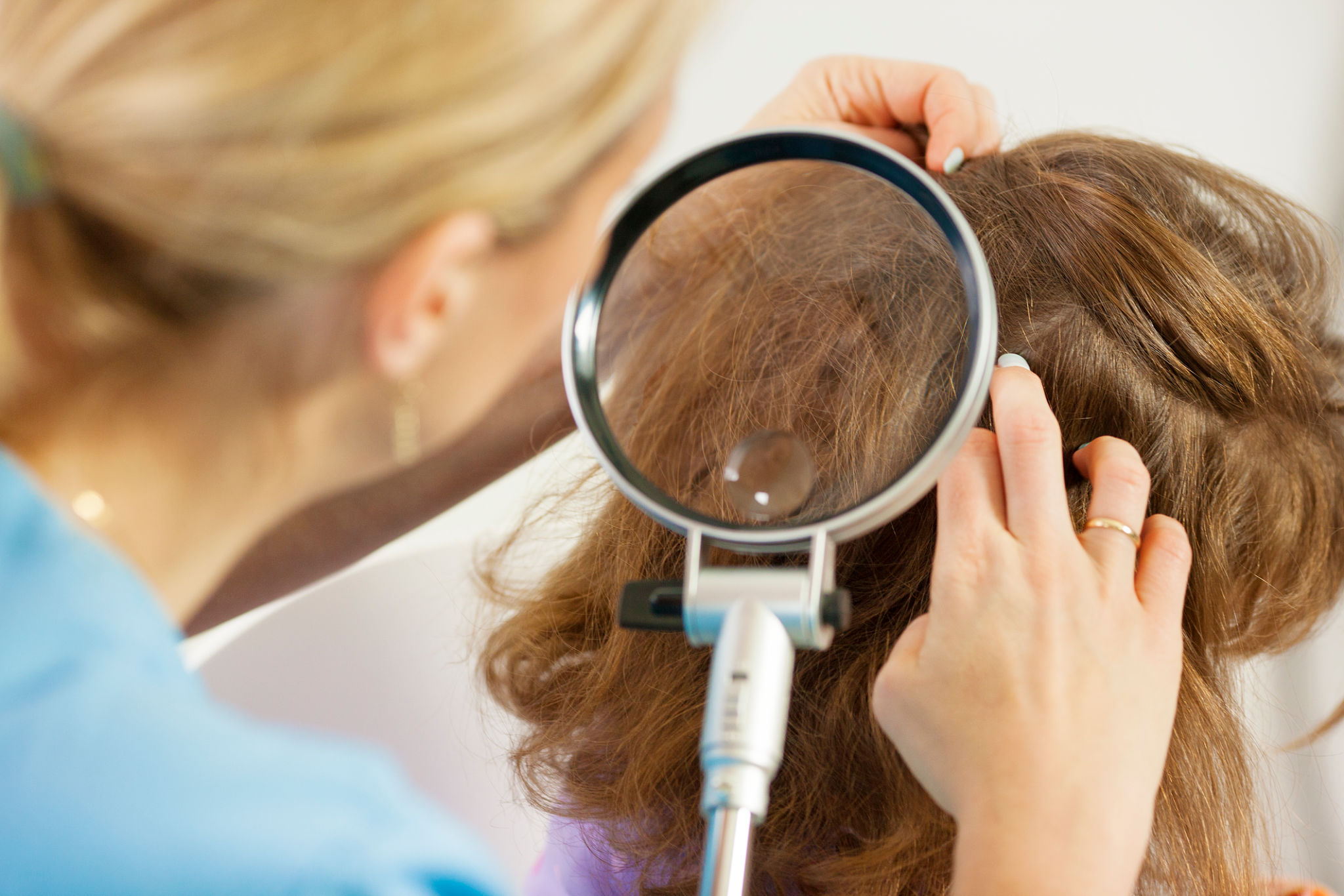What is Pediculosis or Head Lice
Head lice (pediculosis capitis) is a common, highly contagious infection that often occurs in nurseries, day care centers, and schools. It is caused by infestation with the human head louse, Pediculus humanus capitis, and it is usually very itchy.

What are Sign and Symptoms
Signs and symptoms of scabies include:
-
-
- Itching, mainly at night: Itching is the most common symptom. The itch can be so intense that it keeps a person awake at night.
- Rash: Many people get the scabies rash. This rash causes little bumps that often form a line. The bumps can look like hives, tiny bites, knots under the skin, or pimples. Some people develop scaly patches that look like eczema.
- Sores: Scratching the itchy rash can cause sores. An infection can develop in the sores.
- Thick crusts on the skin: Crusts form when a person develops a severe type of scabies called crusted scabies. Another name for crusted scabies is Norwegian scabies. These crusts house 100s to 1,000s of mites and the mites’ eggs. With so many mites burrowing in the skin, the rash and itch become severe.
-
The severe itch can lead to constant scratching. With non-stop scratching, an infection can develop. Non-stop scratching can even lead to sepsis, a sometimes life-threatening condition that develops when the infection enters the blood.
- Swollen and stiff joints
Treatment
Scabies treatment includes administration of a scabicidal agent (eg, permethrin, lindane, or ivermectin), as well as an appropriate antimicrobial agent if a secondary infection has developed.


